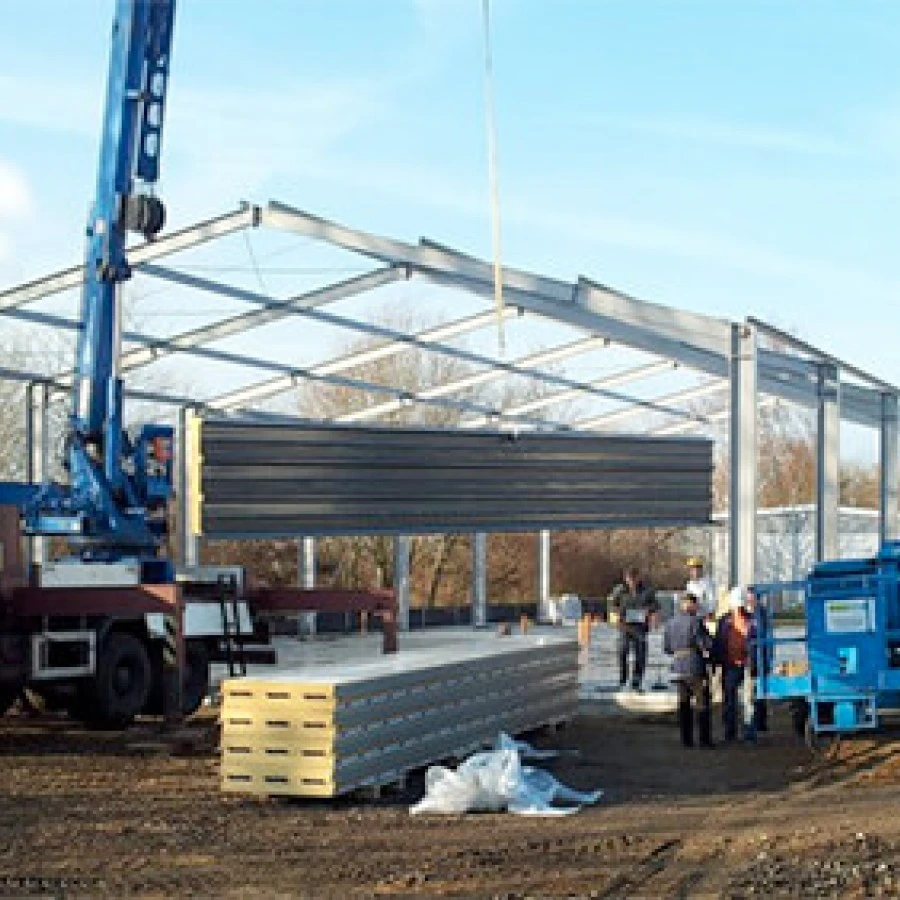- Afrikaans
- Albanian
- Amharic
- Arabic
- Armenian
- Azerbaijani
- Basque
- Belarusian
- Bengali
- Bosnian
- Bulgarian
- Catalan
- Cebuano
- Corsican
- Croatian
- Czech
- Danish
- Dutch
- English
- Esperanto
- Estonian
- Finnish
- French
- Frisian
- Galician
- Georgian
- German
- Greek
- Gujarati
- Haitian Creole
- hausa
- hawaiian
- Hebrew
- Hindi
- Miao
- Hungarian
- Icelandic
- igbo
- Indonesian
- irish
- Italian
- Japanese
- Javanese
- Kannada
- kazakh
- Khmer
- Rwandese
- Korean
- Kurdish
- Kyrgyz
- Lao
- Latin
- Latvian
- Lithuanian
- Luxembourgish
- Macedonian
- Malgashi
- Malay
- Malayalam
- Maltese
- Maori
- Marathi
- Mongolian
- Myanmar
- Nepali
- Norwegian
- Norwegian
- Occitan
- Pashto
- Persian
- Polish
- Portuguese
- Punjabi
- Romanian
- Russian
- Samoan
- Scottish Gaelic
- Serbian
- Sesotho
- Shona
- Sindhi
- Sinhala
- Slovak
- Slovenian
- Somali
- Spanish
- Sundanese
- Swahili
- Swedish
- Tagalog
- Tajik
- Tamil
- Tatar
- Telugu
- Thai
- Turkish
- Turkmen
- Ukrainian
- Urdu
- Uighur
- Uzbek
- Vietnamese
- Welsh
- Bantu
- Yiddish
- Yoruba
- Zulu
Sep . 05, 2024 16:23 Back to list
Steel Agricultural Buildings A Modern Solution for Farming Needs
In the realm of modern agriculture, the importance of efficient and durable infrastructure cannot be overstated. Steel agricultural buildings have emerged as a robust solution, offering a myriad of benefits that cater specifically to the needs of farmers and agricultural businesses. These structures are designed to withstand the rigors of farming activities while providing an adaptable space for various agricultural purposes.
One of the key advantages of steel agricultural buildings is their durability. Unlike traditional wooden structures, steel buildings are resistant to many common issues such as rot, pests, and warping. This longevity means less maintenance over the years, allowing farmers to focus on their core operations rather than constantly repairing or replacing structures. Furthermore, steel is fire-resistant, providing an added layer of safety for equipment, livestock, and stored products.
The versatility of steel buildings is another significant benefit. They can be tailored to meet specific agricultural needs, whether it’s for livestock housing, grain storage, farm equipment sheds, or even processing facilities. The open-span design typical of steel structures allows for customizable layouts, enabling optimal usage of space. This flexibility is especially crucial for modern farms that often engage in diverse operations, requiring buildings that can evolve with changing needs.
steel agricultural buildings

Cost-effectiveness is a compelling reason for farmers and agribusinesses to consider steel agricultural buildings. Although the initial investment may be higher compared to conventional materials, the long-term savings are considerable. Reduced maintenance costs, insurance premiums, and energy efficiency lead to a lower total cost of ownership. Additionally, steel buildings can be erected quickly, minimizing downtime and allowing farmers to resume their activities with minimal interruption.
Sustainability is an increasingly vital aspect of agriculture, and steel buildings align well with eco-friendly initiatives. Steel is recyclable, and many manufacturers use recycled materials, which contributes to reducing the carbon footprint of agricultural operations. Furthermore, the energy efficiency of modern steel buildings can lead to lower energy costs, thereby benefiting both the environment and farmers' bottom lines.
In regions prone to extreme weather, the strength of steel buildings provides an invaluable advantage. They can withstand harsh conditions such as heavy snow, strong winds, and even seismic activity, ensuring that agricultural operations continue unhindered. This resilience is crucial for farmers who depend on their infrastructure to protect crops, equipment, and livestock from unpredictable environmental factors.
In conclusion, steel agricultural buildings represent a forward-thinking approach to meet the evolving demands of the agricultural industry. Their durability, versatility, cost-effectiveness, sustainability, and resilience make them an ideal choice for farmers looking to modernize their operations. As agriculture continues to face new challenges, investing in steel buildings is not just a trend but a strategic decision that paves the way for a more efficient and sustainable future in farming.
-
Navigating the World of Steel Building Services: Who to Choose?
NewsJun.23,2025
-
How Do Steel Frame and Prefab Building Factories Shape Modern Construction?
NewsJun.23,2025
-
How Do Steel and Metal Structures Shape Modern Industrial Spaces?
NewsJun.23,2025
-
How Do Prefab Buildings of Various Sizes Meet Modern Construction Needs?
NewsJun.23,2025
-
How Do Factory Buildings and Metal Structures Redefine Industrial Infrastructure?
NewsJun.23,2025
-
Exploring Key Aspects of Industrial Building Development: What You Need to Know?
NewsJun.23,2025
Products categories
Our Latest News
We have a professional design team and an excellent production and construction team.












